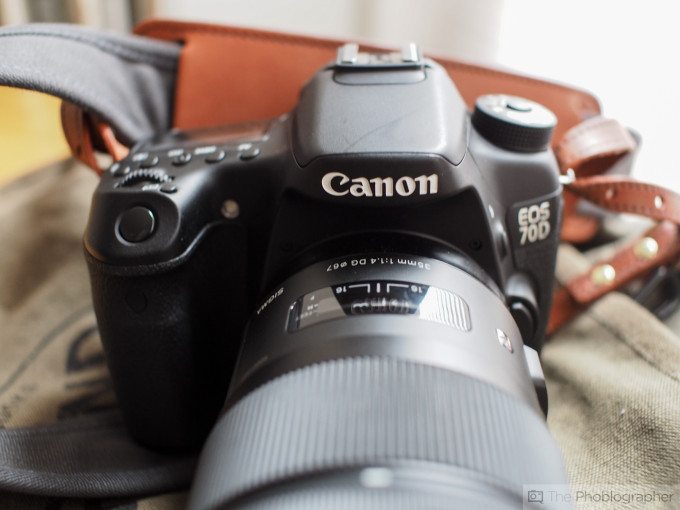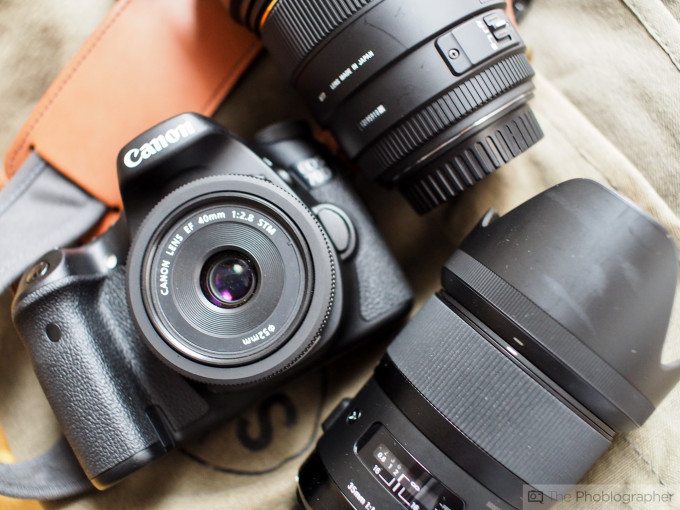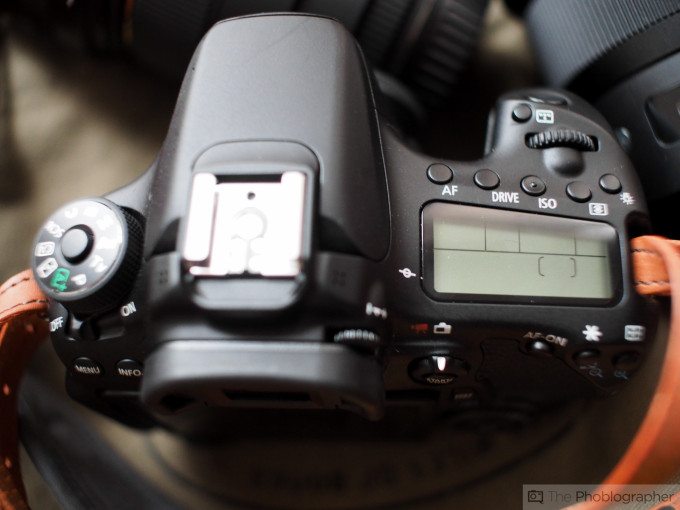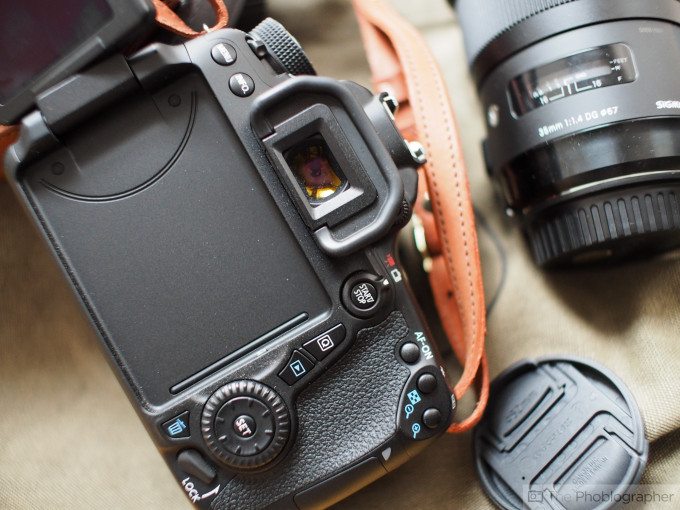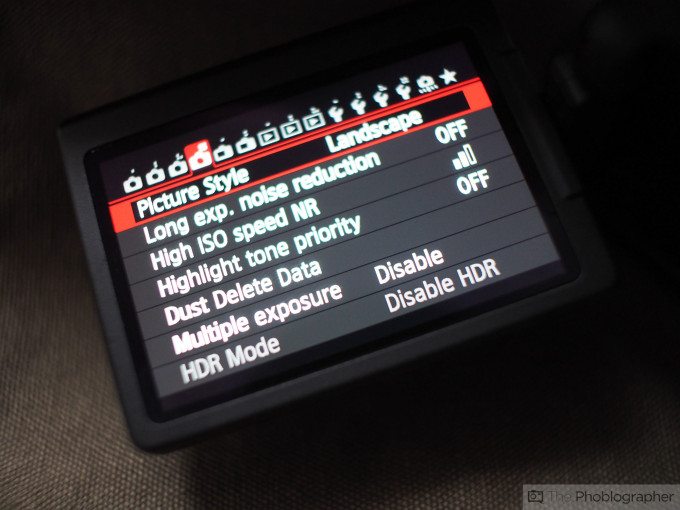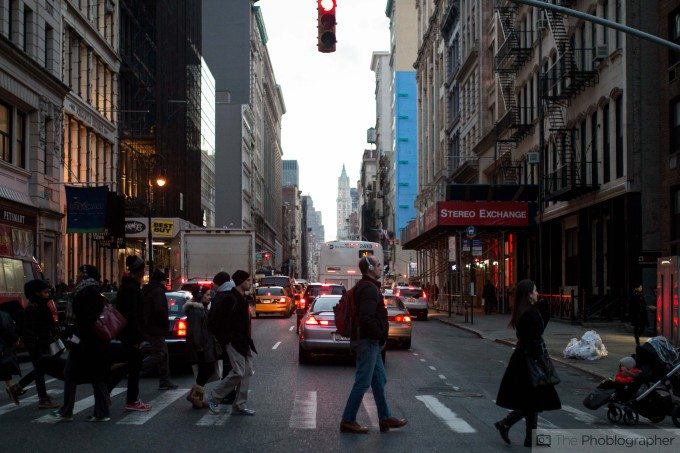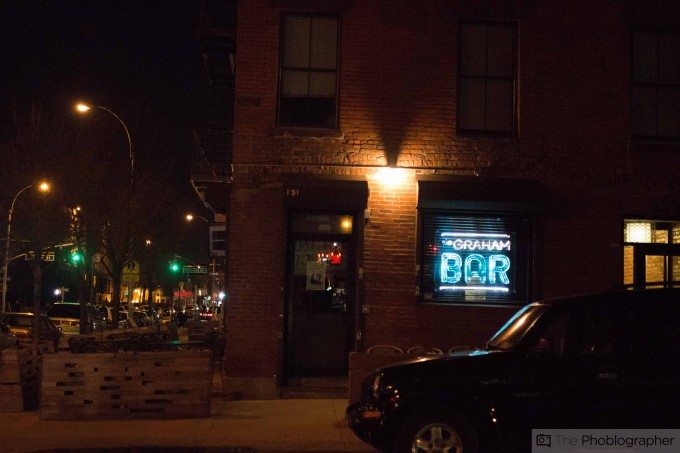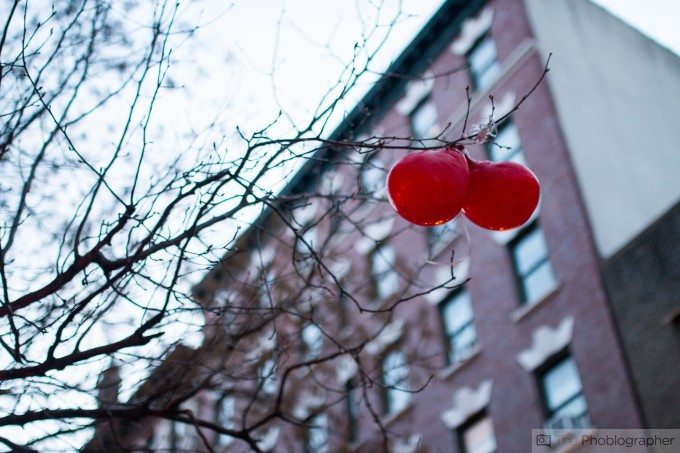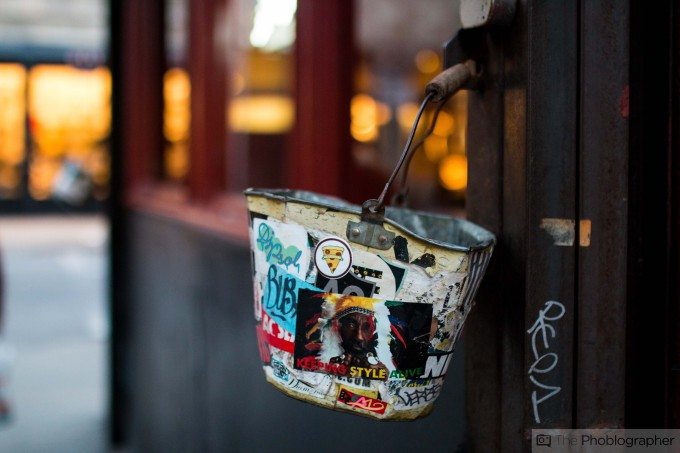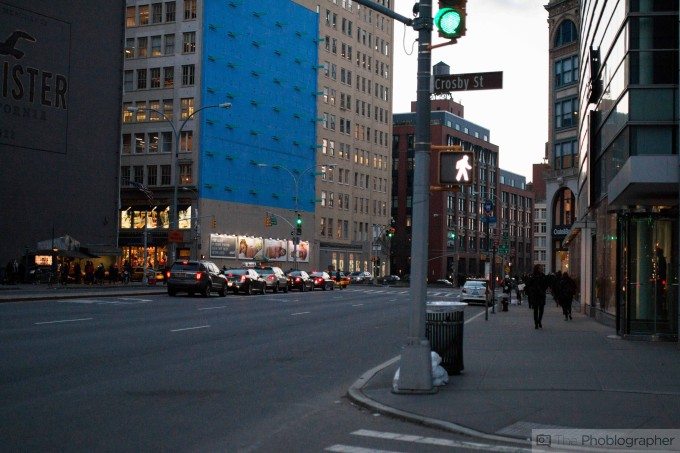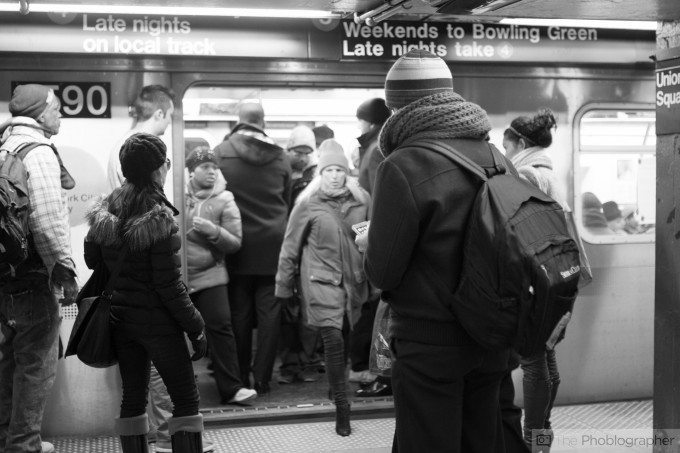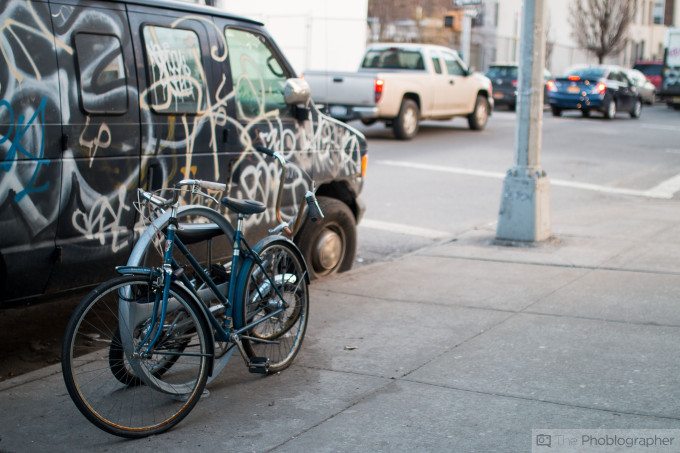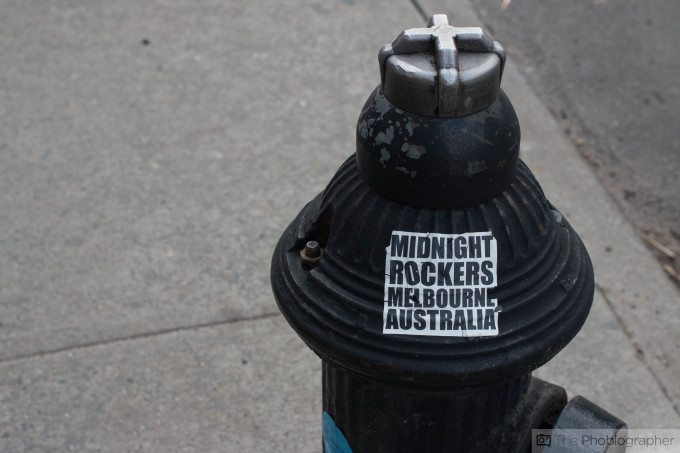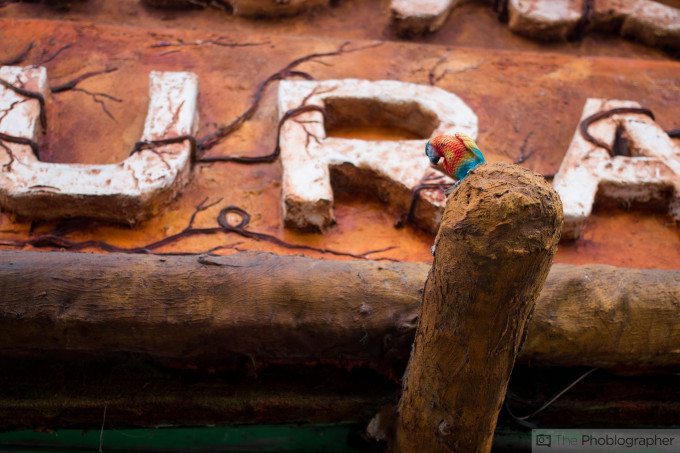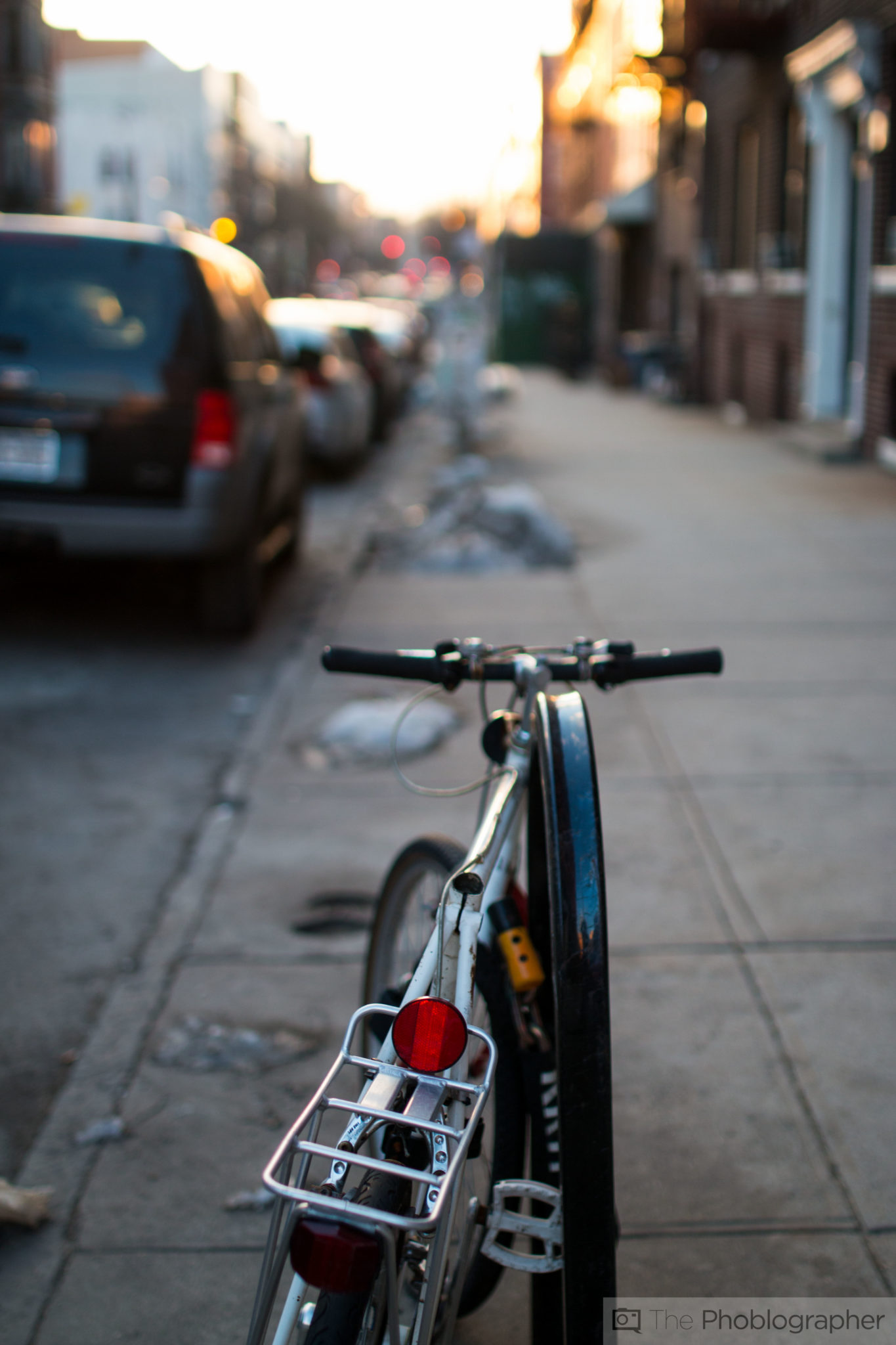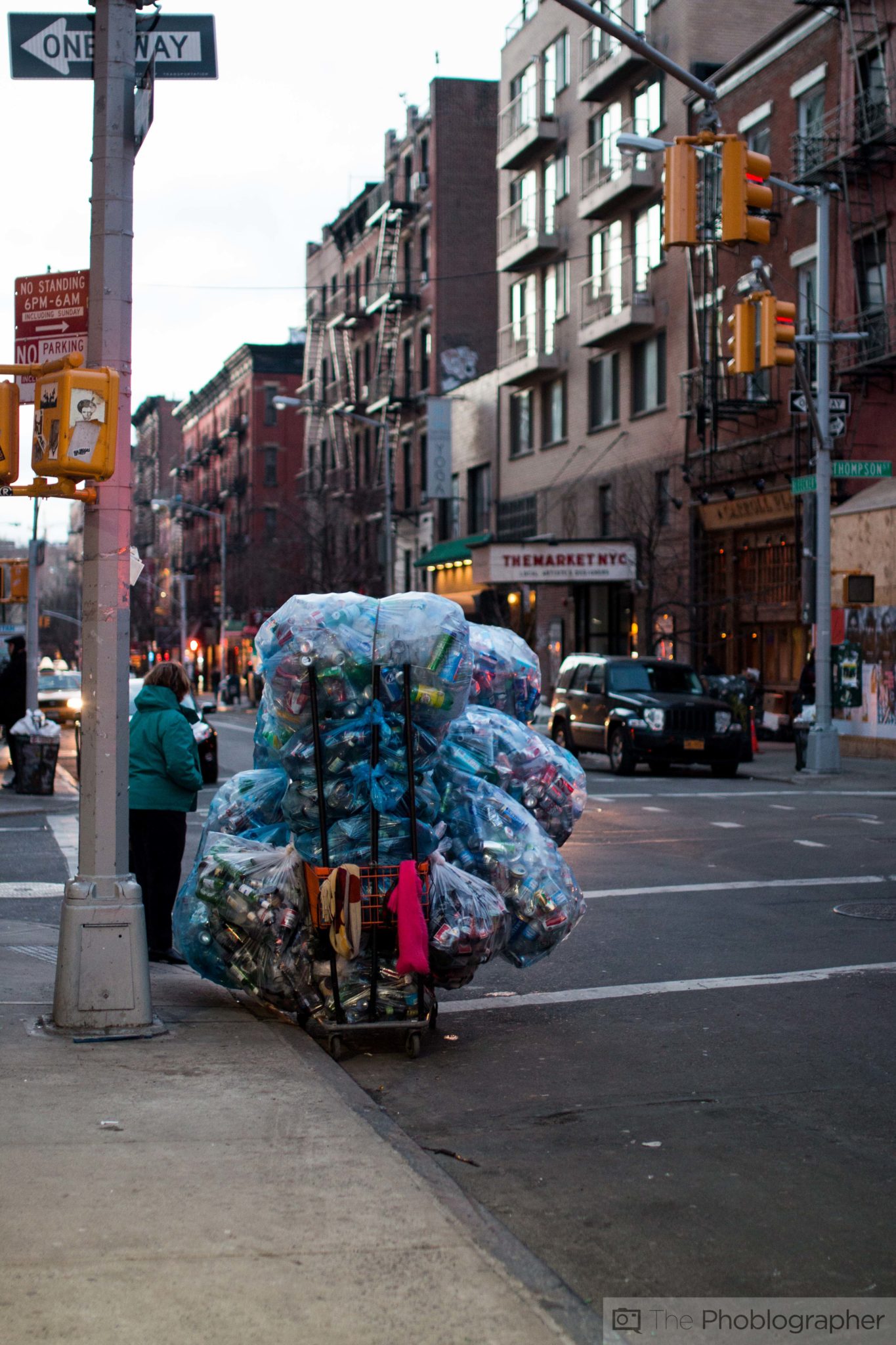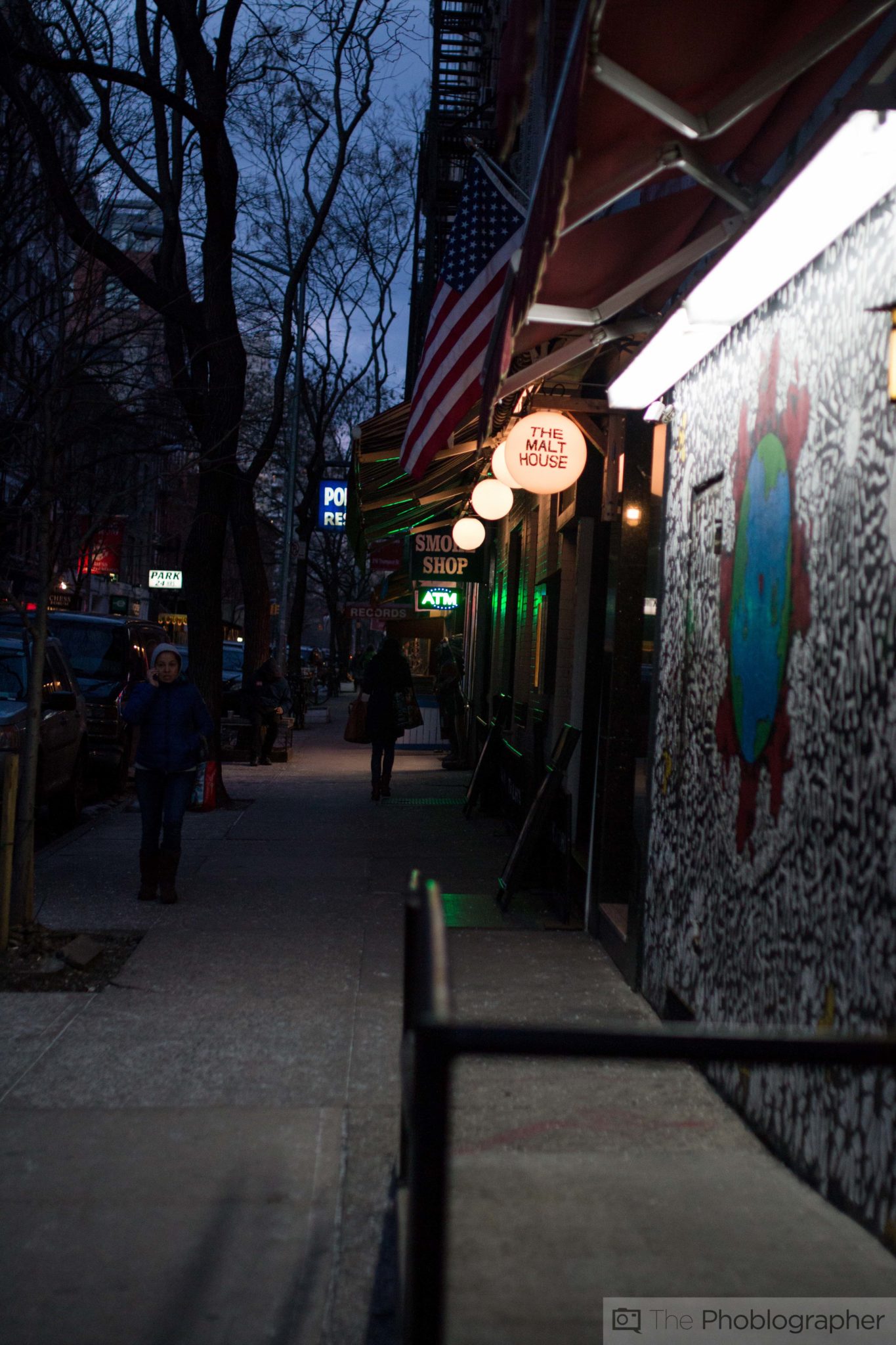Last Updated on 02/28/2014 by Julius Motal
Yes, we know–we’re late with this one. But better late than never.
Canon’s 70D is the company’s mid-level APS-C DSLR that is quite a rocking offering if used correctly. With a brand new dual pixel and phase detection system that allows for great tracking in Live View mode, Wifi connectivity, and a camera body that is easy to hold and fairly durable, it offers the customers stepping up from a Rebel something a bit more.
But it’s got one big disappointment.
<
Pros and Cons

Pros
– Fastest autofocus in Live View of any camera that we’ve seen or tested when it comes to its exemplary tracking abilities. Otherwise, it’s only a bit slower than Sony.
– Fairly nice build for the customer base with a nice feel in the hand
– WiFi connectivity is a nice touch and fun to use
– Versatile raw files
– Pretty light
– Canon decided to put microadjustment back into the camera, which is nice.
– Low light focusing is like the camera naturally can see in the dark
Cons
– We feel that Canon purposely crippled the sensor. It’s worse than the 7D’s and 5D Mk II’s. Yes, the Mk II.
– Really wish that the back dial was beefier
– The implementation of direct autofocus point selection vs having to press a button first would’ve made this one heck of a sweet camera.
– Wish that the autofocus could be fine tuned a bit more to a very exacting spot the way that the 7D is able to.
Gear Used
For this review, we tested the Canon 70D with the Canon 40mm f2.8, Sigma 35mm f1.4, 50mm f1.4, 85mm f1.4, and the Phottix Mitros +/Odin combo. We also used it a bit with the Canon 50mm f1.4 lens.
Tech Specs
Specs taken from the Adorama listing of the camera.
| Camera Type | Digital SLR with Interchangeable lenses |
| Lens Mount | Canon EF Canon EF-S |
| Camera Format | APS-C (1.6x Crop Factor) |
| Pixels | Actual: 20.9 Megapixel Effective: 20.2 Megapixel |
| Max Resolution | 20MP: 5472 x 3648 at 3:2 |
| Other Resolutions-1 | 11.2MP: 4104 x 2736 at 3:2 8.9MP: 3648 x 2432 at 3:2 5MP: 2736 x 1824 at 3:2 2.5MP: 1920 x 1280 at 3:2 0.35MP: 720 x 480 at 3:2 17.7MP: 4864 x 3648 at 4:3 10MP: 3648 x 2736 at 4:3 7.9MP: 3248 x 2432 at 4:3 4.4MP: 2432 x 1824 at 4:3 2.2MP: 1696 x 1280 at 4:3 0.31MP: 640 x 480 at 4:3 16.8MP: 5472 x 3072 at 16:9 9.5MP: 4104 x 2310 at 16:9 7.5MP: 3648 x 2048 at 16:9 4.2MP: 2736 x 1536 at 16:9 2.1MP: 1920 x 1080 at 16:9 0.29MP: 720 x 408 at 16:9 |
| Other Resolutions-2 | 13.3MP: 3648 x 3648 at 1:1 7.5MP: 2736 x 2736 at 1:1 5.9MP: 2432 x 2432 at 1:1 3.3MP: 1824 x 1824 at 1:1 1.6MP: 1280 x 12,180 at 1:1 0.23MP: 480 x 480 at 1:1 |
| Aspect Ratio | 1:1, 3:2, 4:3, 16:9 |
| Sensor Type / Size | CMOS, 22.5 x 15 mm |
| File Formats | Still Images: JPEG, RAW Movies: MOV, MPEG-4 AVC/H.264 Audio: Linear PCM (Stereo) |
| Bit Depth | 14-bit |
| Dust Reduction System | Yes |
| Noise Reduction | Yes |
| Memory Card Type | SD SDHC SDXC |
| Focus Type | Auto & Manual |
| Focus Mode | Single-servo AF (S), Continuous-servo AF (C), Manual Focus (M) |
| Autofocus Points | 19 |
| Viewfinder Type | Pentaprism |
| Viewfinder Coverage | 98% |
| Viewfinder Magnification | Approx. 0.95x |
| Diopter Adjustment | – 3.0 to +1.0 m |
| Display Screen | 3″ Rear Touchscreen Swivel LCD (1,040,000) |
| Screen Coverage | 100% |
| Live View | Yes |
| ISO Sensitivity | Auto, 100-12800 (Extended Mode: 100-25600) |
| Shutter | Type: Electronic & Mechanical Speed: 30 – 1/8000 sec |
| Metering Method | Average metering, Center-weighted average metering, Partial Metering, Spot metering |
| Exposure Modes | Modes: Aperture Priority, Auto, Bulb, Custom, Flash Off, Manual, Programmed Auto, Shutter Priority Metering Range: EV 1.0 – EV 20.0 Compensation: -5 EV to +5 EV (in 1/2 or 1/3 EV steps) |
| White Balance Modes | Auto, Cloudy, Color Temperature Filter, Custom, Daylight, Flash, Fluorescent (White), Shade, Sunset, Tungsten, Twilight |
| Flash Modes | Modes: FE Lock TTL Auto Compensation: -3 EV to +3 EV (in 1/2 or 1/3 EV steps) |
| Built-in Flash | Yes |
| Guide No. | 39.4′ (12.01 m) ISO100 |
| Max Sync Speed | 1 / 250 sec |
| Flash Compensation | -3 EV to +3 EV (in .1 or .5 EV steps) |
| Dedicated Flash System | eTTL |
| External Flash Connection | Hot Shoe |
| Video Recording | Yes, NTSC/PAL |
| File Size | 1920 x 1080p (Full HD) 1280 x 720p (HD) 640 x 480p (SD) |
| Frame Rate | at 1920 x 1080: 30 fps, 25 fps, 24 fps at 1280 x 720: 60 fps, 50 fps at 640 x 480: 30 fps, 25 fps |
| Exposure Control | Auto: Shutter Speed Manual: Shutter Speed, Aperture, ISO |
| Exposure Compensation | -3 EV to +3 EV (in .3 EV steps) |
| Focus | Auto Manual Continuous Auto |
| Continuous Shooting Time-1 | 1920 x 1080 (with 8GB memory card) at 30 fps IPB: 32 min. (235 MB / min.) / ALL-I: 11 min. (685 MB / min.) at 25 fps IPB: 32 min. (235 MB / min.) / ALL-I: 11 min. (385 MB / min.) at 24 fps IPB: 32 min. (235 MB / min.) / ALL-I: 11 min. (685 MB / min.) 1280 x 720 (with 8GB memory card) at 60 fps IPB: 37 min. (205 MB / min.) / ALL-I: 12 min. (610 MB / min.) at 50 fps IPB: 37 min. (205 MB / min.) / ALL-I: 12 min. (610 MB / min.) |
| Continuous Shooting Time-2 | 640 x 480 (with 8GB memory card) at 30 fps IPB: 97 min. (78 MB / min.) at 25 fps IPB: 97 min. (78 MB / min.) |
| Audio Recording | With Video, Stereo, Via Optional External Mic |
| Continuous Shooting | Up to 7 fps |
| Start-up Time | 0.15 Seconds |
| Shutter Lag | 0.065 Seconds |
| Self Timer | 10 sec, 2 sec |
| Connectivity | 1/8″ Microphone, HDMI C (Mini), USB 2.0 |
| Wi-Fi Capable | Yes |
| Battery | 1x LP-E6 Rechargeable Lithium-Ion Battery Pack, 7.2VDC, 1800mAh |
| AC Power Adapter | ACK-E6 (Optional) |
| Operating/Storage Temperature | 32 to 104deg.F (0 to 40deg.C) Humidity: 0 – 85% |
| Dimensions (WxHxD) | 5.5×4.1×3.1″ (139.7×104.1×78.7mm) |
| Weight | 1.66 lbs (753g) with battery and memory card |
Ergonomics
The Canon 70D is, like many of the other APS-C DSLRs, very plain jane on the front. There are very few controls with the exception of the lens release that you’ll really be focusing on. Around the body is a textured finish that makes gripping onto the camera a bit easier.
The top of the camera is where a bunch of the controls are. Here you’ll find the ISO, drive, autofocus, and more. Unlike the higher end models, these buttons aren’t dual control. Plus, Canon has an LCD screen on the top to make adjustments easier than having to look at the LCD screen.
Here is where you’ll also find the hot shoe and mode dial with locking mechanism in the middle.
Then we move to the back. The camera’s LCD screen is a swivel display and is moved to the side in this photo. Otherwise, what you’re looking at is a control panel that is highly tailored to those that are right hand dominant. The little dial on the back is quite pathetic compared to Canon’s higher end models, and we really wish that that brought that back to this camera.
Build Quality
For the price point and the target consumer, the build quality is pretty good. It isn’t Canon 7D or 5D Mk III quality, but it’s more adequate than your run of the mill Canon Rebel camera. Consumers will be able to take it out into the rain and snow with confidence–which is what we did.
Additionally, the finish is better than the 5D Mk III’s. The Mk III has this finish that easily scratches, but the 70D doesn’t.
Ease of Use
If someone wants to put it in auto and shoot to their heart’s content, they surely can with this camera. But otherwise, veteran Canon shooters will feel right at home with the control layout and the menu system. If you’re used to the higher end model, don’t expect the direct and quick selection that you can get with only the higher end cameras. Instead, expect something a tad better than a Rebel.
What you’ll really enjoy is the camera’s WiFi functionality which is quite fun to use and a sign that Canon acknowledges that there is a bigger need for connected cameras that can output serious quality.
Metering
Canon’s metering system follows the Sunny 16 metering methodology to a T, but the problem is that we don’t see comparable results in the image quality. On any given moment, we found the images to be underexposed by 2/3 to a full stop in comparison to many other systems and from the results that should be coming from a perfectly metered scene.
Luckily, the camera’s RAW files are versatile, so you can push them with no issues.
Autofocus
The 70D’s standard autofocusing abilities are pretty in line with other competitors in that its accurate to focus on the pre-selected point most of the time. But it’s also snappy to focus in low lighting. In fact, we found the focusing in low light to beat the pants off of Nikon’s D7100.
Where the camera really shines though is with its Live View focusing due to the Dual Pixel CMOS sensor. There is phase detection around most of the sensor that can accurately and efficiently track moving objects. The tracking focusing puts any other system to shame. To be fair, it is only super fast and silence with STM lenses like the 40mm f2.8. With Sigma glass, it’ll only be slightly slower than normal Canon lenses.
If you’re focusing on a single subject though, we recommend getting the best performance from the normal viewfinder. In extremely low light situations though, Live View can work wonders.
Image Quality
And here is where we get to the disappointing part of the review. Get ready to grab your tissues, some Chinese food, and curl up in bed to marathon House of Cards in order to get over the fact that we believe Canon purposely crippled the sensor’s capabilities. Picture for picture, we found the raw file versatility and high ISO performance to be worse than the Canon 7D’s and even worse than the Canon 5D Mk II’s. Yes, the Mk II–which means that the Mk III slaughters this camera’s performance.
Now think about that: cameras that are five years old outdo this sensor.
With that said though, the image quality still isn’t bad. You can still get a lot out of the files with modern post-production software. And trust us, you’ll need it. We found that Canon lenses don’t do this camera justice in terms of color performance. To really make the sensor output rock, you’ll need to put Zeiss, Rokinon or Sigma glass on this camera. For what it’s worth, once we put our Sigma glass on we were super thrilled with the out of camera performance.
High ISO Performance
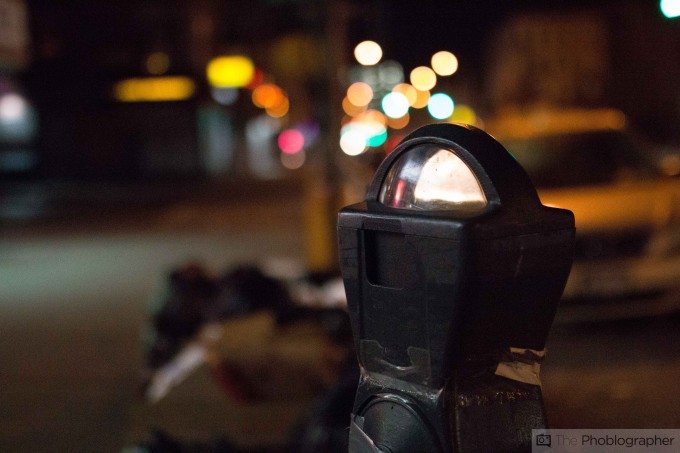
The image above was shot at ISO 6400 with no post-production done to it sans resizing for the web. The image noise is pretty apparent, though not unsightly. In fact, it very much resembles pleasing film grain. For what it’s worth though, we expect better from Canon–the company still at the top of the food chain when it comes to cameras like this. Comparable offerings from Sony, Nikon, and Pentax all outperform the high ISO results from this camera.
And don’t even get us started on what Fujifilm can do. The sensor in the XM-1 takes the one in the 70D behind the bar and gives it a beat down that it never expected.
RAW File Versatility
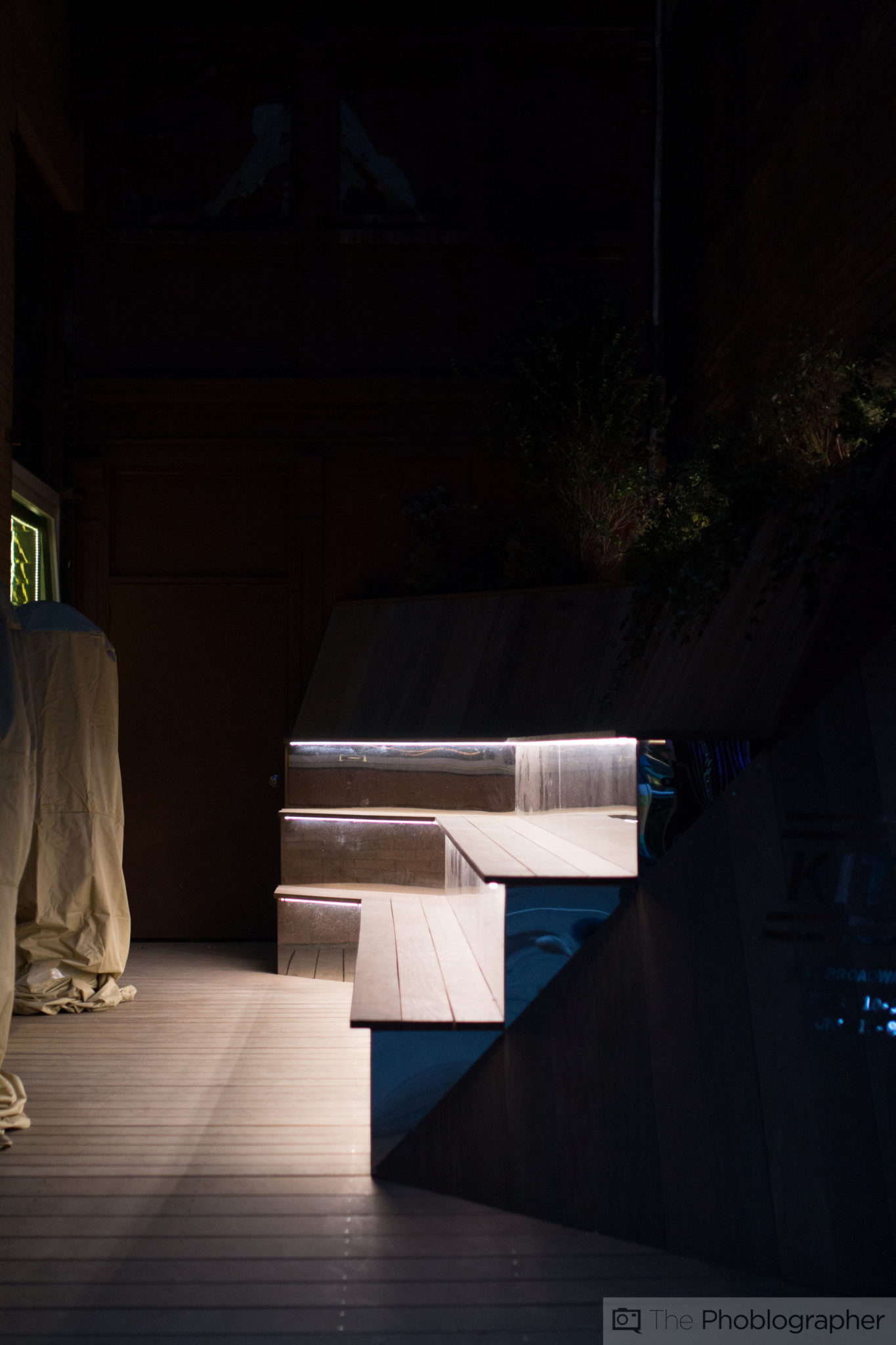
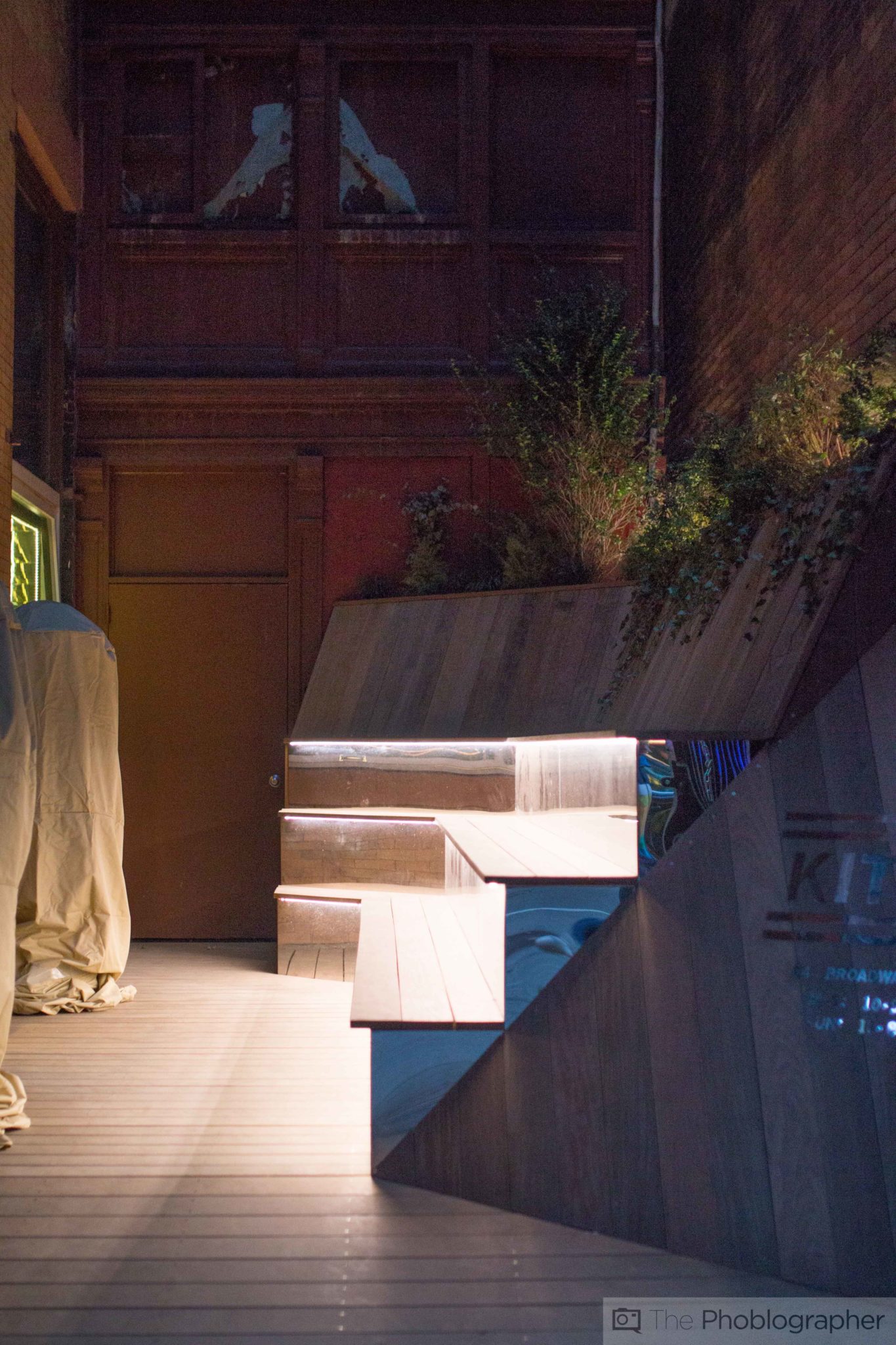
The Canon 70D is capable of capturing lots of detail that can be recovered in the post-production phase. Granted, you’ll be playing an interesting game with the image noise afterwards–but know that it is possible for sure.
Extra Image Samples
Here are some extra image samples. EXIF data is in the link and image name.

Conclusions
Canon’s 70D is surely capable of taking some great photos, but we feel that the camera could have been even better. It is a minor upgrade from the 60D with the exception of the autofocusing, wifi addition, and the menu system. What’s holding us back from giving it an Editor’s Choice award is the crippling of the sensor’s image quality.
Other than that, the 70D is really quite solid at autofocusing and does so in a package that’s really nice to hold.
Recommended Lenses and Accessories
– Sigma’s trio of f1.4 primes: The Sigma 35mm f1.4, 50mm f1.4, 85mm f1.4 all help to compensate for Canon’s image quality failures with excellent colors and super sharp performance.
– Phottix Mitros +/Odin combo: The Odin system works seamlessly with the Canon 70D’s metering. If the camera is telling you that you’re overexposed, then you surely are. It’s much better than Canon’s own system.
– An iPad with Snapseed loaded up: Using the camera’s WiFi connectivity, you can send the images to your iPad (we did it with an Android phone though) and then edit them on your iPad. It’s a very fun and liberating experience.


